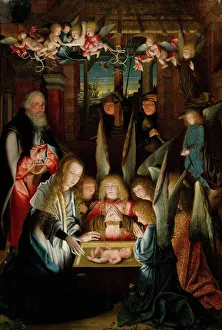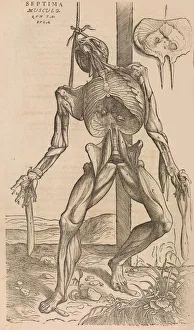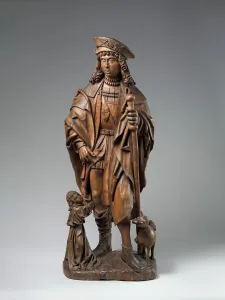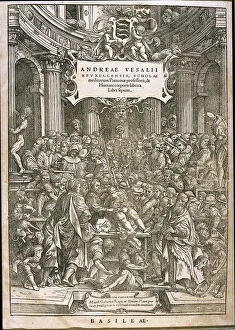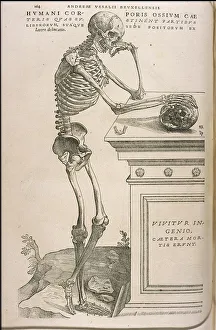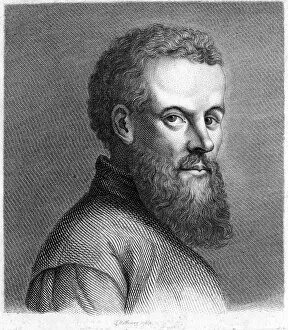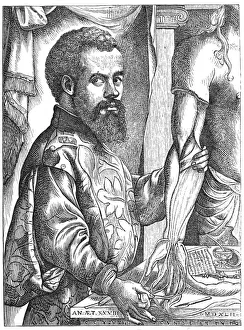Calcar Collection
"Exploring the Enigmatic Calcar: A Journey through Art, Anatomy, and Nature" Step into a world where art, anatomy
All Professionally Made to Order for Quick Shipping
"Exploring the Enigmatic Calcar: A Journey through Art, Anatomy, and Nature" Step into a world where art, anatomy, and nature intertwine as we delve into the mysterious realm of calcar. From religious masterpieces to scientific breakthroughs, this captivating term has left its mark throughout history. In "The Adoration of the Christ Child, " an unknown creator captures the essence of devotion with intricate details that draw us closer to understanding calcar's significance. Meanwhile, Andreas Vesalius revolutionizes anatomical studies in his groundbreaking work "De humani corporis fabrica. " Through meticulous engravings and descriptions, he unravels the complex structure of the human body. Nature also reveals its secrets through prosobranchia sea snail shells. Their elegant spirals showcase calcar's presence in every living organism. Andrew Vesalius' engraving further amplifies our fascination by offering a glimpse into the mesmerizing beauty found within these shells. Traveling back in time to late 17th century Calcar itself, we witness a breathtaking view captured on paper using pen and brown ink with watercolor. This artwork transports us to an era when this quaint town flourished under different skies. Religious icons such as Saint Roch and Saint Gregory as Pope emerge from German artists' hands during the early 16th century. Their creations evoke reverence while embodying calcar's influence on spiritual expression. Unknown creators continue their artistic exploration with depictions of a female saint engrossed in reading and a bishop adorned with regal attire around 1500 Germany. These works remind us that even amidst divine inspiration or ecclesiastical power struggles, calcar remains an ever-present force shaping creative endeavors. As we turn our attention to Jan Joest's "The Nativity of Christ (The Holy Night), " painted during the early 16th century, we witness how calcar permeates religious narratives across time and cultures.

